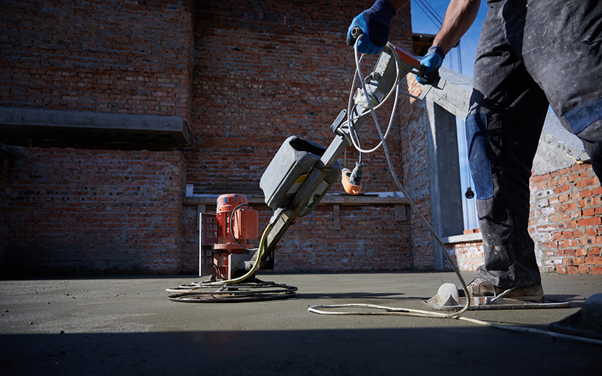Grouting is an essential part of construction that involves sealing gaps, reinforcing structures, and controlling water flow. From small repairs to major works, including the types of grouting in tunnels, results depend on sound technique and dependable equipment. Selecting suitable tools improves productivity, accuracy, and long-term stability.
Why Grouting Matters in Construction
Grouting strengthens joints, fills voids, and protects against moisture. In demanding applications such as the types of grouting in tunnels, precise delivery keeps coverage even and prevents weak zones. Clear planning, correct pressures, and steady flow help crews place material where it adds the greatest benefit while keeping waste low.
The Role of Grouting Pumps and Tools
Reliable grouting pumps and tools control the flow and pressure needed to move grout through lines and into voids. Manual pumps offer fine control for small or delicate tasks, while powered units handle larger volumes and longer runs. Adjustable settings match grout viscosity and delivery distance, keeping movement smooth and reducing clogging.
Mixers for Consistent Quality
A uniform mix improves bond and durability. Mixers blend cement, additives, and water to a smooth texture free of air pockets. Paddle mixers suit routine site work, while high-speed units prepare larger batches quickly. Consistent mixing helps grout pass cleanly through grouting pumps and tools, maintaining a steady application rate.
Hoses and Nozzles for Accurate Application
Hoses carry grout from the mixer or pump to the target point. Flexible options reach confined spaces, and rigid hoses provide direct flow in open areas. Nozzles regulate output and spread, which is essential for the types of grouting in tunnels, where tight control reduces loss and keeps placement predictable.
Measuring Tools for Reliable Output
Flow meters and pressure gauges track delivery and help set safe limits. Used with grouting pumps and tools, these instruments ensure the correct amount is applied at the right pressure. Simple checks, such as flow cone tests, confirm that viscosity suits the job and supports even penetration.
Material Choices and Compatibility
Cementitious mixes serve general structural work. Microfine cement helps penetrate fine fissures in rock or soil. Chemical grouts such as polyurethane and acrylate gels aid leak sealing and soil stabilisation where fast set or flexible seals are useful. Matching material to the types of grouting in tunnels matters, because geology, groundwater, and loading affect performance. Product data sheets list pot life, expansion profile, and recommended uses, guiding selection.
Site Workflow and Application Methods
Good workflow reduces downtime and helps quality control. Crews stage materials, pre-check hoses, and prime lines before pumping. Injection usually starts at the lowest point, proceeds in stages, and is monitored at gauges and return lines. With suitable grouting pumps and tools, teams adjust flow, swap nozzles for tighter control, and record volumes by section to verify coverage.
Quality Control and Testing
Quality checks confirm the mix, the delivery rate, and the outcome. Flow testing confirms consistency, small samples may be cast for compressive strength when using cementitious mixes, and leak checks validate sealing work. For the types of grouting in tunnels, injected volumes are compared with predicted void sizes, and short pressure holds help locate paths that still require treatment. Many projects reference EN 12715 for grouting practice, apply ASTM C939 flow tests to monitor efflux time, and use ASTM C1107 to check nonshrink cementitious grout performance.
Maintenance and Safety
Routine cleaning removes residue from mixers and hoses, lubrication protects moving parts, and timely seal replacement prevents pressure loss. Basic personal protective equipment, clear communication, and lockout steps help crews stay safe when servicing grouting pumps and tools or changing hoses and nozzles.
Advancements in Grouting Equipment
Recent designs focus on control and traceability. Variable speed drives, durable light hoses, and digital logging of pressure and flow let operators fine tune the process. In tunnel works, these features support the types of grouting in tunnels by making placement more predictable and by helping teams detect anomalies early.
Key Takeaways on Grouting Tools
Grouting joins careful labour with the right selection of tools. Pumps, mixers, hoses, and measuring devices each play a clear part in achieving a durable finish. Good material choice, steady checks, and routine maintenance keep work on track. Contact Adcos Asia to discuss equipment options, material choices, and project planning for your next grouting job.




